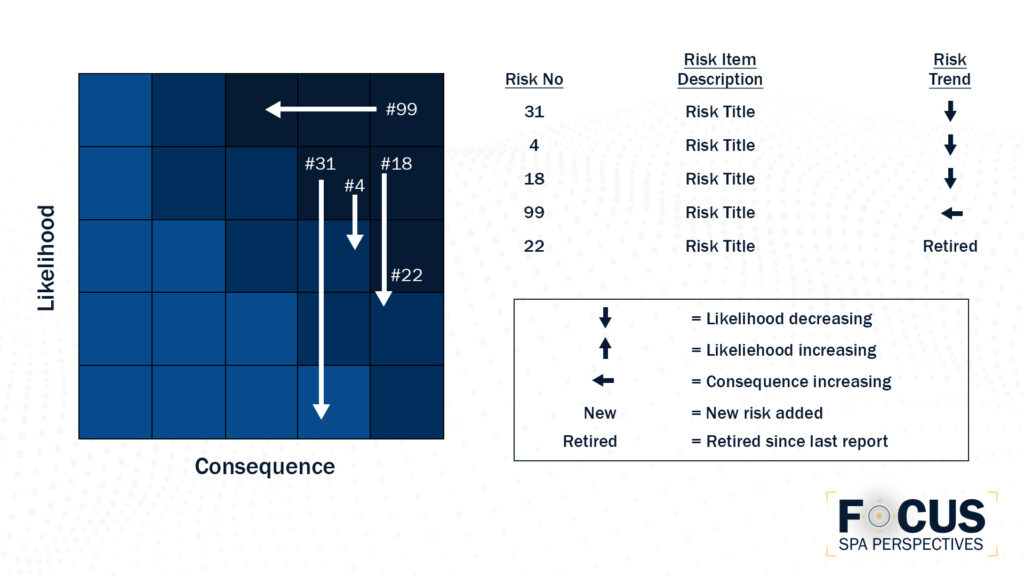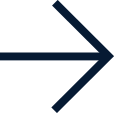
From Hazard Maps to Objective Paths — Reimagining Risk for Modern Program Managers
- Alexandria, VA | October 29, 2025
But in the real world, success isn’t just about avoiding potholes. It’s about getting somewhere—on time, on budget, and with your mission intact. That’s the fundamental shift proposed by Tom Monroe, Ph.D., P.E., Marissa Miller, Ph.D., and Mario Beruvides, Ph.D., P.E., in their 2024 paper, “Framework for Objective-based Risk Management,” presented at the 2024 American Society for Engineering Management conference: to manage risk not by what might go wrong, but by how far an event pulls us from our objective.
But which part of the definition gets applied? In practice, it’s the failure-focused one. Colored matrices and isolated risk registers dominate decision-making. Mitigations are chosen based on the scariest potential outcomes—not necessarily the ones that most directly interfere with mission goals.


But which part of the definition gets applied? In practice, it’s the failure-focused one. Colored matrices and isolated risk registers dominate decision-making. Mitigations are chosen based on the scariest potential outcomes—not necessarily the ones that most directly interfere with mission goals.
“




- It shifts focus from what might happen to what that event would mean.
- It forces teams to define their objectives clearly and specifically.
- It highlights that one event might affect several objectives in different ways.
- And it opens the door to modeling risk as a dynamic, connected system—not just a list of individual hazards.
In short, it turns the headlights back on and focuses the gaze on the road ahead. You’re no longer driving by looking backward.
Why the PRA Model Falls Short
The traditional probabilistic risk assessment (PRA) model—developed in the wake of the Three Mile Island nuclear incident—was never intended for the complexity of modern program management. It treats a 1% chance of catastrophe the same as a 90% chance of minor failure, as long as the math works out the same.
But that’s not how people think. We intuitively prioritize risks that are more likely to derail our goals—even if they seem smaller on paper. FORM aligns with this human instinct, and models it more effectively.
“Management is prediction,” wrote W. Edwards Deming in “The new economics for industry, government, education.” And prediction, by nature, is about navigating uncertainty—toward something. That “something” is your objective. Not just the avoidance of danger, but the pursuit of success.
“What are we trying to achieve?”

Final Thought: Steering Toward Success
“
Instead of “What could go wrong?”
Ask: “What might pull us off course—and how can we stay on track?”
Curious how objective-based risk modeling could transform your program?
Related Posts
We invite you to subscribe and stay informed. Never miss an update as we continue providing the rigorous insights and expert analysis you rely upon to protect and advance our national security.





